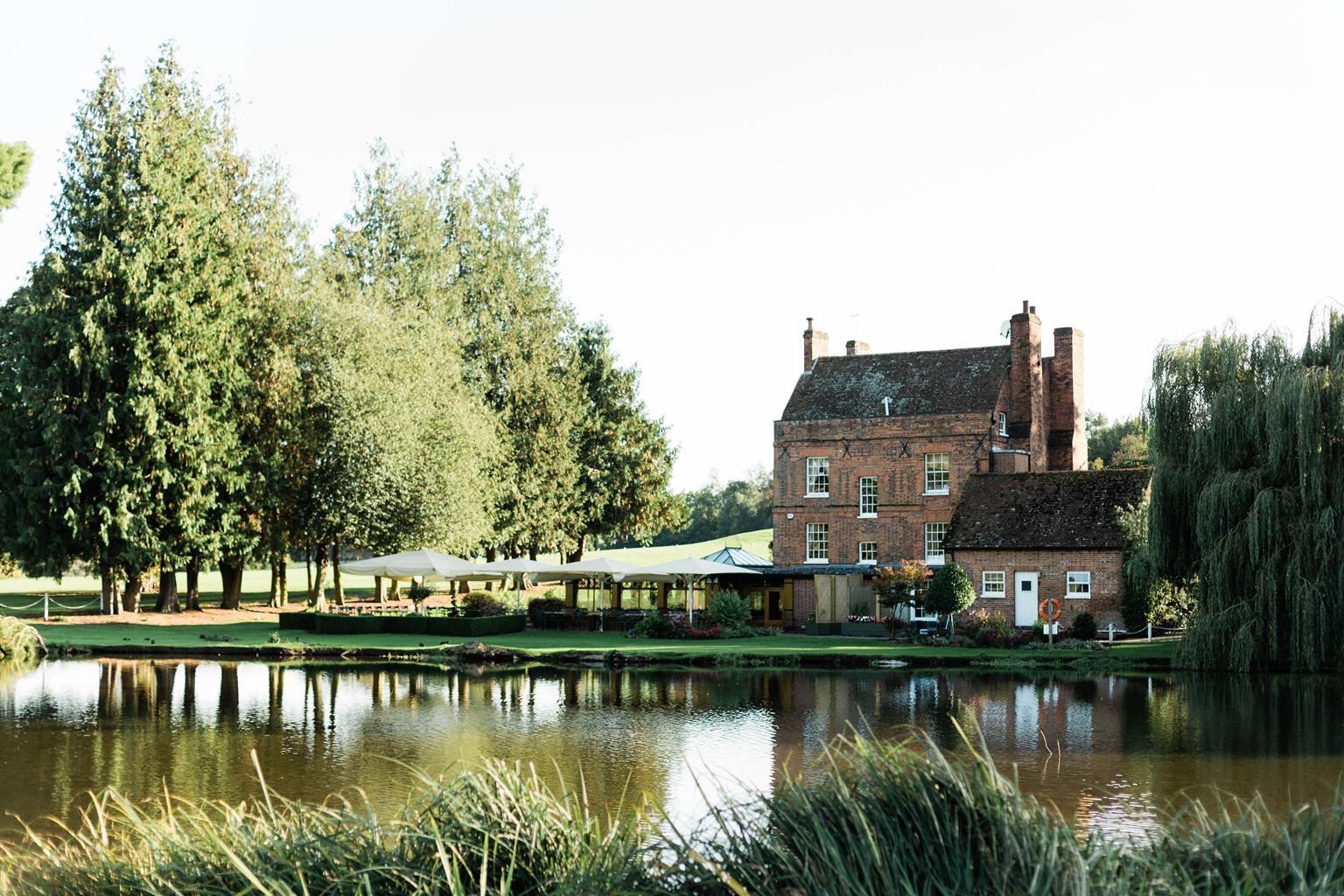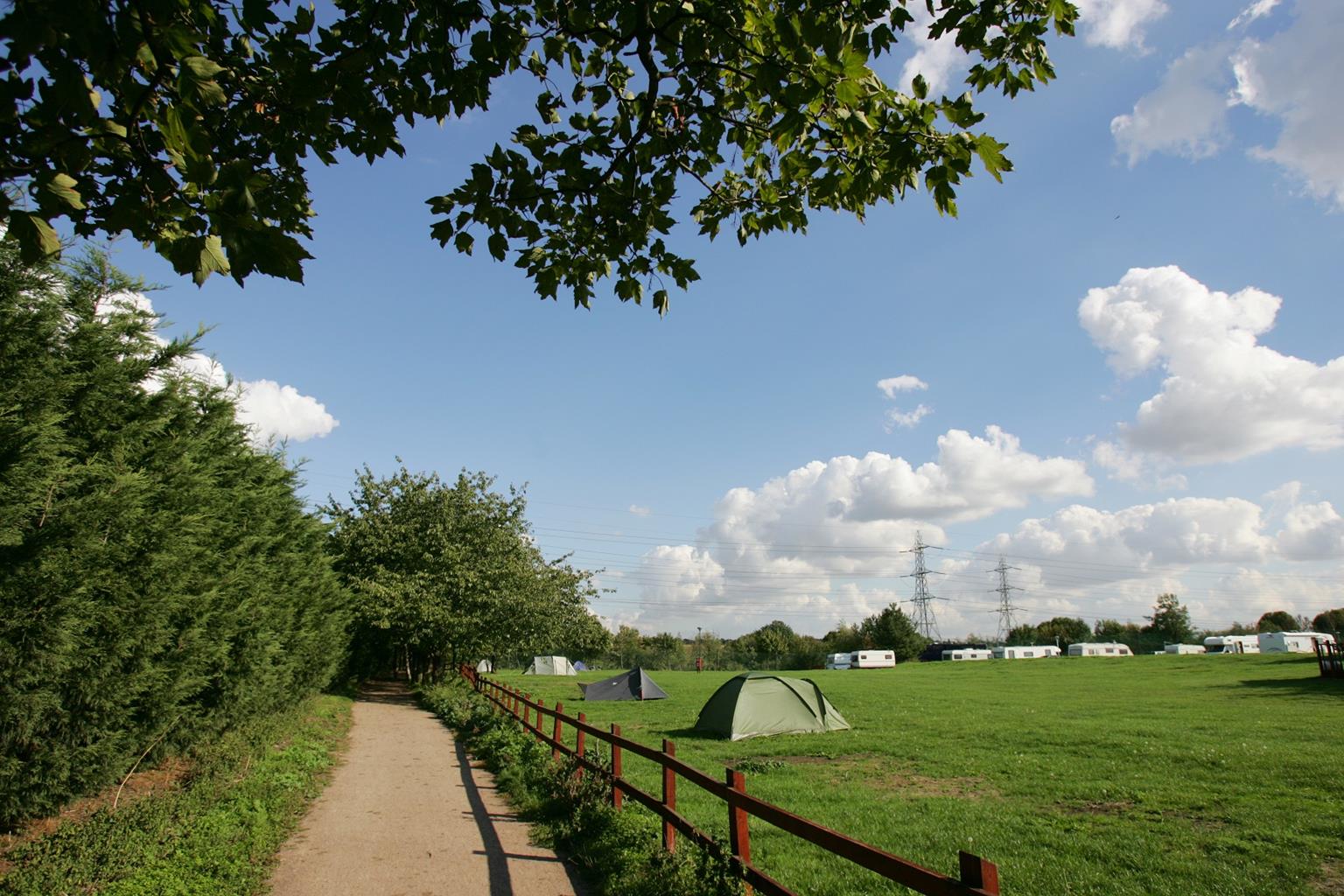YHA London Lee Valley is our most unique London hostel, being split over six wooden lodge-style…
In and around Cheshunt

4.5 miles (7.2kms)
About the walk
Amid the continuously built-up west side of the Lea Valley as it runs north from London to Hoddesdon, the centre of Cheshunt, bypassed to east and west, is something of an oasis. Its parish church of St Mary was entirely rebuilt by Nicholas Dixon, the rector between 1418 and 1448. Although heavily restored since, it is a good example of a closely dated medieval building. Northwest of the church is a scrub- and tree-filled moated site. Here stood the Great House, unfortunately demolished in 1965. South of the church, along Churchgate, definitely the best street in the village, are the offices of Broxbourne Borough Council, modern at the south but architecturally fascinating to the north. They started life as Cheshunt College, founded by Selina, Countess of Huntingdon, and moved here in 1792. The Countess of Huntingdon's Connection was an independent, nonconformist sect with its own chapels. The Georgian buildings date from this period, while the flamboyant Victorian Gothic work, complete with an ornate tower, was added in 1870. It was a Church of England theological college before being purchased by the Council in 1970.
Lord Burghley built his great palace of Theobalds southeast of Cheshunt village. It was started in 1564 and not finished until 1585. Lord Burghley spent the then colossal sum of £25,000 on the palace and grounds, with the latter including obelisks, pyramids, temples, fountains and a labyrinth. Exchanged for Hatfield House by James I in 1607, the great palace was utterly demolished in 1651 by Parliamentarian soldiers. Fragments of garden walls and of the park boundary wall – once 10 miles (16.1km) long – survive, as do bits of brickwork in a later house. This is east of the route and the Theobalds College which you do pass was Theobalds Park, a house dating from 1768.
Until 2004 the park was the setting for Temple Bar, usually attributed to Sir Christopher Wren. It was once a gateway to the City of London, first erected in 1672 at the end of Fleet Street. When it became surplus to Victorian requirements it was re-erected here in 1889, as the north gateway to Theobalds Park. Now it has been restored to its rightful home in the City's Square Mile.
Walk directions
From Churchgate cross the churchyard and leave by its far corner. Pass to the right of the former St Mary's School, on a path initially between fences, then playing fields. At the road go left, then left again into Dark Lane. Beyond Cromwell Avenue, pass between cemeteries into Bury Green Road.
Keep ahead along Bury Green Road and pass beside St Mary’s High School to join a bridleway. Cross the school entrance and continue along a tarmac bridleway. At the fork bear right, cross the road (B198) and follow the metalled track as the bridleway descends through woodland. The track passes Temple Bar and runs to the left of the walls of Theobalds’ kitchen gardens.
At the junction of Old Park Ride and Bury Green Lane turn right. The path passes beside the blue gates to Theobalds Stud and later, Park Farm Cottages.
At a three-way signpost turn right along a track. Go through a wooden gate and follow the track to the left of paddocks. The track skirts the edge of woodland (Home Wood) and in the corner follow the field-edge path as it curves right along a gently descending path. Before the hedge gap look out for where you go through two gates in quick succession on the left by a public footpath signpost. Descend the left side of two fields and keep ahead along an uphill track.
At the farm buildings (Broadfield Farm) bear right along an enclosed path beside the road. Cross a stile and turn right along the farm’s access road before turning right to cross the bridge over the B198. Continue along Beverley Gardens and, where this meets Dark Lane, turn left, then right along Cromwell Avenue.
At the end bear left along Churchgate and past the former Cheshunt College to return to the start of the walk.
Additional information
Lanes, footpaths, field and river paths
Gentle hills descending to wide valley of River Lea
Lots of horses
OS Explorer 174 Epping Forest & Lee Valley
Churchgate, Cheshunt, east of church near Green Dragon
None on route
WALKING IN SAFETY
Read our tips to look after yourself and the environment when following this walk.
Find out more
Also in the area
About the area
Discover Hertfordshire
As Hertfordshire is so close to London, many of its towns have become commuter havens. St Albans, less than 19 miles (30km) from the capital, has retained its distinctive character, along with many historic remains. The Roman city of Verulamium is situated in a nearby park, and excavations have revealed an amphitheatre, a temple, parts of the city walls and some house foundations. There are also some amazing mosaic pavements.
The abbey church at St Albans is thought to have been built on the same site where St Alban met his martyrdom in the 3rd century. The abbey was founded in 793 by King Offa of Mercia, and contains the saint’s shrine, made of Purbeck marble. Lost for years, it was discovered in the 19th century, in pieces, and restored by the designer of the red telephone box, Sir Giles Gilbert Scott. The abbey also contains some wonderful medieval wall paintings. Nicholas Breakspear was born in St Albans, the son of an abbey tenant. In 1154 he took the name Adrian IV, and became the first, and so far only, English pope. Another famous son of Hertfordshire was Sir Francis Bacon, Elizabethan scholar and Lord High Chancellor, born in Hemel Hempstead in 1561.
Nearby stays
Restaurants and Pubs
Nearby experiences
Recommended things to do
Why choose Rated Trips?
Your trusted guide to rated places across the UK
The best coverage
Discover more than 15,000 professionally rated places to stay, eat and visit from across the UK and Ireland.
Quality assured
Choose a place to stay safe in the knowledge that it has been expertly assessed by trained assessors.
Plan your next trip
Search by location or the type of place you're visiting to find your next ideal holiday experience.
Travel inspiration
Read our articles, city guides and recommended things to do for inspiration. We're here to help you explore the UK.













